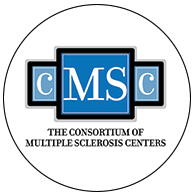People with relapsing multiple sclerosis (MS) have a better prognosis and a slower progression to disability since the introduction of disease-modifying treatments (DMTs) some 20 years ago, according to a retrospective study.
The study, “Outcomes in a Modern Cohort of Treated Multiple Sclerosis Patients Followed from Diagnosis Up to 15 Years,” was published in the International Journal of MS Care.
“Before disease-modifying therapies (DMTs) were available, the natural history of MS with regard to attainment of accepted disability milestones was reported with a fairly wide variance comparing outcomes across studies,” its researchers wrote.
But all “share an overall precarious picture of the prognosis for newly diagnosed patients,” they added, noting “[m]ore recent data sets drawn from patients in the ‘treatment era’ may provide a different conclusion.”
A team led by researchers with the Allegheny Health Network (AHN) Neuroscience Institute, at Allegheny General Hospital (AGH) in Pittsburgh, assessed the influence of DMTs on clinical outcomes, namely disability milestones, by conducting one of the longest running and most detailed studies of its type. It followed people diagnosed with MS for up to 15 years after symptom onset.
“In the field of MS research, the most widely cited natural history studies involve the pretreatment era of a patient’s journey,” Thomas Scott, MD, a neurologist at AHN and the study’s senior author, said in a press release. “The publication of our work is an exciting advancement in the world of MS care, as it provides insight into better outcomes over the past few decades.”
Researchers reviewed all the available disability data collected routinely on 184 newly diagnosed relapsing MS patients seen at their clinic from 1989 through 2006. Patients’ mean age at symptom onset was 35.4.
Most (76%) were examined at least once a year after an initial diagnosis, and followed for an average of 13 years. Outcomes were evaluated based on the expanded disability status scale (EDSS), which ranged from 0 (no disability) through 6, which is defined as ‘the use of a walking aid such as a cane or crutch to walk roughly 100 meters.’
Results indicated that 25% of these patients took 10.7 years to reach EDSS 3.0 (moderate disability), and 25% took 16.3 years to reach an EDSS of 6.0.
Among the group followed for 15 years after symptom onset, 19% reached an EDSS of 6.0.
“For patients who were observed throughout the duration of the study, we looked at them until they reached about 50 years old. At that time, just under 20 percent had become cane dependent needing support to walk more than one or two blocks,” Scott said.
“When we examine our outcomes data along with some of the most recent reports of other MS treatment centers we note that overall the trends suggest potentially better outcomes compared to natural history studies,” the researchers wrote.
Overall, “it looks like general progression of the disease has slowed, and far few patients are ever disabled, thanks to advances in clinical therapies, education and resources,” Scott added.
In the study, patients were typically treated with DMTs within two years of diagnosis, with the majority (98%) receiving either interferons (brand names include Avonex and Betaseron) or glatiramer (sold as Copaxone, Glatopa and other generics), with only a small group (22%) given Tysabri (natalizumab), usually after reaching an EDSS of 4.0.
Based on their findings, the team concluded that with the wide availability of DMTs, and their potential to improve a person’s quality of life and slow disease progression, the prognosis of relapsing MS is now much more favorable than previously reported.
However, measures of the long-term impact of DMT use in future studies are needed.
“The long term impact of DMTs may now be coming into focus, as a new prognosis for RMS is unfolding,” the researchers concluded. “Though our results seem favorable, measurement of the long term impact of new treatments on the moving target of long term prognosis still represents a daunting challenge. The availability of highly efficacious treatments will hopefully make this easier.”
Added Scott: “Through these findings, we begin to open a larger window of opportunities for clinicians to better understand and treat patients. … I think we’re also shedding more light on the disease which in turn can lend to a healthier peace of mind and hope for a promising future” for patients and their families.
By: Idra Mumal, MSc










